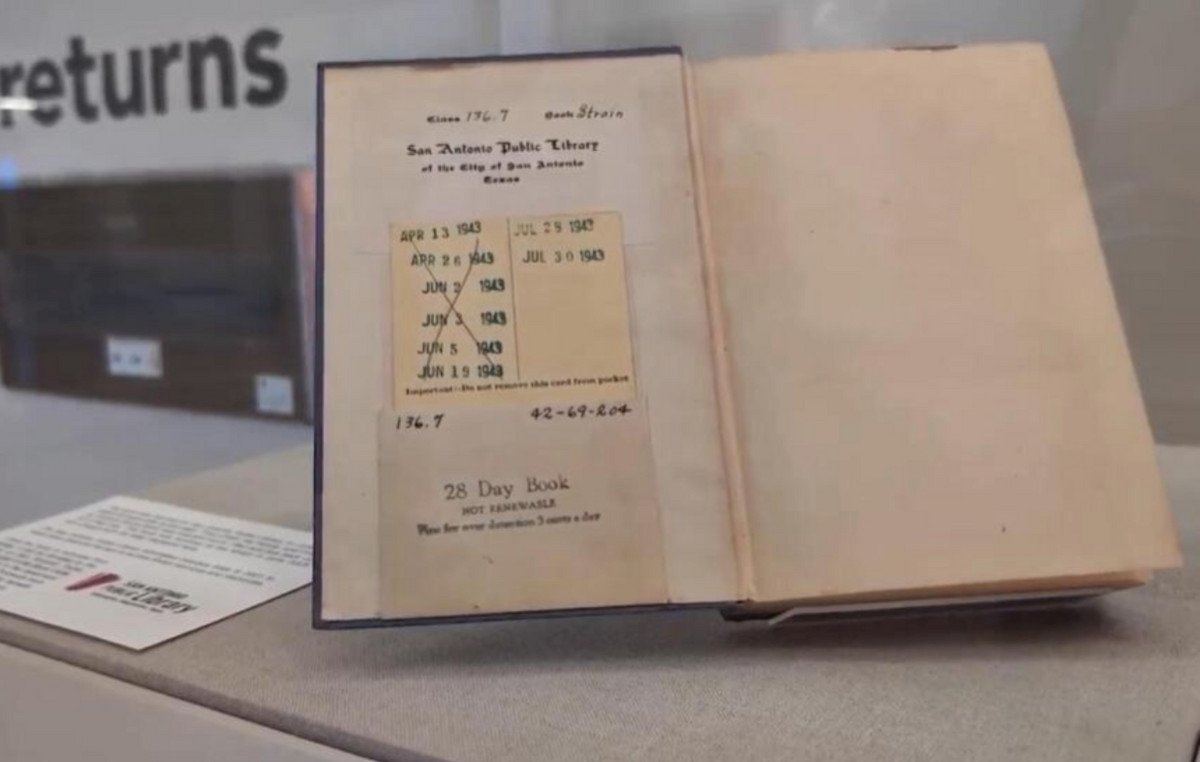- The price of gold can attract some buyers amid persistent uncertainties related to trade.
- The merchants remain focused on this week’s trade negotiations between the US and the EU.
- The secretary of the US Treasury, Besent, warned that the independence of the Fed in monetary policy is at risk due to the expansion of his mandate.
The price of gold (Xau/USD) drops on Tuesday after two days of profits. However, the price of the shelter can be seen due to the prevailing uncertainty before the deadline of the August 1 tariff imposed by the US president, Donald Trump. In addition, the feeling of the market is deepened due to the growing concerns about the independence of the Federal Reserve (Fed).
Operators keep their eyes in commercial negotiations between the United States (USA) and the European Union (EU) this weekhoping to finish a commercial agreement before the deadline of August 1, when Trump has threatened to impose 30% tariffs on block exports. The EU is exploring a broader set of possible countermeasures against the USA as the perspectives of an acceptable commercial agreement with Washington fade, they cited diplomats from the EU to Reuters.
The US Treasury Secretary, Scott Besent, said the independence of Fed in monetary policy is threatened by its “mandate expansion” in areas not related to politics. Besent urged the Central Bank to carry out an exhaustive review of these activities. He also requested a reevaluation of the Fed as an institution. The renewed critic of President Trump to the president of the FED, Jerome Powell, for not lowering interest rates has intensified speculation about possible dismissal.
The European Central Bank (ECB) is expected to maintain stable interest rates at 2.0% on Thursday after a series of cuts. The attention will be transferred to the US Federal Reserve Policy, which is scheduled for next week.
What moves the market today: the price of gold depreciates while the US dollar advances amid the caution of the market
- The dollar (DXY) index, which measures the value of the US dollar (USD) compared to six main currencies, remains firm after losing more than 0.50% in the previous session and quoting around 97.90 at the time of writing. The dollar finds support in the caution of the market, which weighs on gold called in dollars by making it more expensive for buyers who use other currencies.
- A White House official said that US President Donald Trump will probably say goodbye to Fed President Jerome Powell, soon. However, Trump denied it in a social truth publication on Sunday, calling him “typically false.”
- Republican congresswoman Anna Paulina Luna has formally accused the president of the Fed, Powell, to commit perjury on two different occasions, both related to discussions about long -term renewals of the Federal Reserve headquarters in Washington, DC
- The Governor of the FOMC, Adriana Kugler, said that the US Central Bank should not lower interest rates “for some time” since the effects of Trump administration tariffs are beginning to be reflected in consumer prices. Kugler added that a restrictive monetary policy is essential to maintain inflation psychology under control.
- The president of the Fed of San Francisco, Mary Daly, said last week that waiting for two rates cuts this year is a “reasonable” perspective, while warning against waiting too much. Daly added that rates will eventually be stabilized by 3% or more, which is higher than the neutral rate prior to the pandemic.
- The governor of the Fed, Christopher Waller, said he believes that the US Central Bank should reduce its interest rate objective at the July meeting, citing growing economic risks. Waller added that delaying cuts runs the risk of needing a more aggressive action later.
The price of gold goes back $ 3,400 despite the prevailing bullish bias
The price of gold (xau/USD) is quoted around $ 3,390 per ounce Troy on Tuesday. He analysis Daily graphic technician suggests that the price of metal is consolidated within an ascending channel pattern, suggesting a predominant bullish bias. In addition, the 14 -day relative force (RSI) index remains above 50, reinforcing a perspective bullish.
The Xau/USD could approach the main resistance at a maximum of three months of $ 3,452, which was reached on June 16, followed by the historical maximum of $ 3,500, recorded on April 22. A rupture above this level could support the torque to test the upper limit of the upward channel around $ 3,630.
Down, the immediate support appears in the exponential (EMA) mobile average of nine days of 3,358 $. A rupture below this level could weaken the impulse of the short -term price and bring the price to prove the lower limit of the upward channel, aligned with the 50 -day EMA of $ 3,316.
Xau/USD: Daily graphic

Feeling Risk – Frequently Questions
In the world of financial jargon, the two terms “appetite for risk (Risk-on)” and “risk aversion (risk-off)” refers to the level of risk that investors are willing to support during the reference period. In a “Risk-on” market, investors are optimistic about the future and are more willing to buy risk assets. In a “Risk-Off” market, investors begin to “go to the safe” because they are concerned about the future and, therefore, buy less risky assets that are more certain of providing profitability, even if it is relatively modest.
Normally, during periods of “appetite for risk”, stock markets rise, and most raw materials – except gold – are also revalued, since they benefit from positive growth prospects. The currencies of countries that are large exporters of raw materials are strengthened due to the increase in demand, and cryptocurrencies rise. In a market of “risk aversion”, the bonds go up -especially the main bonds of the state -, the gold shines and the refuge currencies such as the Japanese yen, the Swiss Franco and the US dollar benefit.
The Australian dollar (Aud), the Canadian dollar (CAD), the New Zealand dollar (NZD) and the minor currencies, such as the ruble (Rub) and the South African Rand (Tsar), tend to rise in the markets in which there is “appetite for risk.” This is because the economies of these currencies depend largely on exports of raw materials for their growth, and these tend to rise in price during periods of “appetite for risk.” This is because investors foresee a greater demand for raw materials in the future due to the increase in economic activity.
The main currencies that tend to rise during the periods of “risk aversion” are the US dollar (USD), the Japanese yen (JPY) and the Swiss Franco (CHF). The dollar, because it is the world reserve currency and because in times of crisis investors buy American public debt, which is considered safe because it is unlikely that the world’s largest economy between in suspension of payments. The Yen, for the increase in the demand for Japanese state bonds, since a great proportion is in the hands of national investors who probably do not get rid of them, not even in a crisis. The Swiss Franco, because the strict Swiss bank legislation offers investors greater protection of capital.
Source: Fx Street
I am Joshua Winder, a senior-level journalist and editor at World Stock Market. I specialize in covering news related to the stock market and economic trends. With more than 8 years of experience in this field, I have become an expert in financial reporting.







